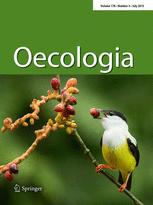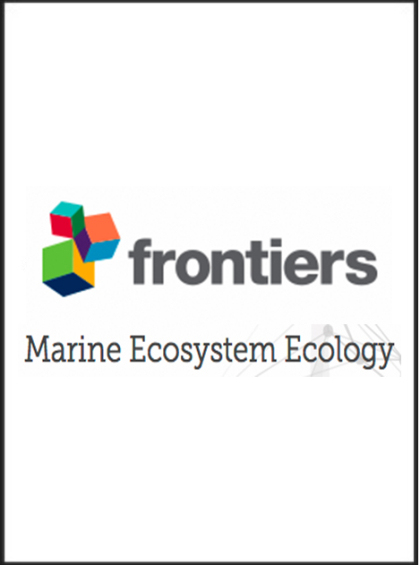2022
2021
2020

 Low male production at the world’s largest green turtle rookery.
Low male production at the world’s largest green turtle rookery.
The ontogeny of sea turtle hatchling swimming performance.
 The gut bacterial microbiota of sea turtles differs between geographically distinct populations.
The gut bacterial microbiota of sea turtles differs between geographically distinct populations.
 A method for the collection of early-stage sea turtle embryos.
A method for the collection of early-stage sea turtle embryos.
2019
 Synchronised nesting aggregations are associated with enhanced capacity for extended embryonic arrest in olive ridley sea turtles.
Synchronised nesting aggregations are associated with enhanced capacity for extended embryonic arrest in olive ridley sea turtles.

Advances in the biology and conservation of marine turtles.
of marine turtles. Frontiers in Marine Science, 6, 9. doi:10.3389/fmars.2019.00009
2018
 Within-colony spatial segregation leads to foraging behaviour variation in a seabird.
Within-colony spatial segregation leads to foraging behaviour variation in a seabird.
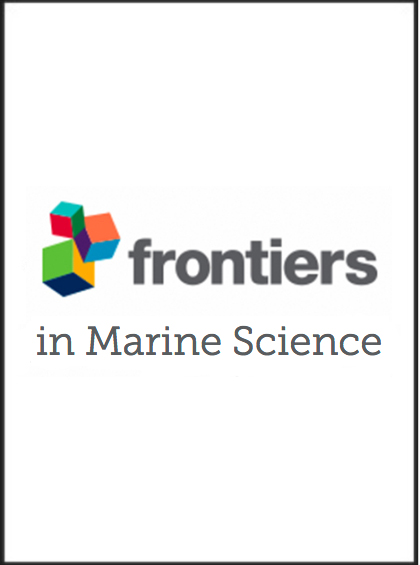
Molecular analysis of predator scats reveals role of salps in temperate inshore food webs.

 Calling phenology of a diverse amphibian assemblage in response to meteorological conditions.
Calling phenology of a diverse amphibian assemblage in response to meteorological conditions.
2017
 Calling phenology of a diverse amphibian assemblage in response to meteorological conditions.
Calling phenology of a diverse amphibian assemblage in response to meteorological conditions.

A 20-year investigation of declining leatherback hatching success: implications of climate variation

When is embryonic arrest broken in turtle eggs?
 The physiological response and immediate mortality of gillnet-caught blacktip reef sharks, Carcharhinus melanopterus.
The physiological response and immediate mortality of gillnet-caught blacktip reef sharks, Carcharhinus melanopterus.
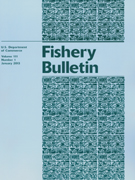 Using logbook data to determine the immediate mortality of sharks caught by commercial US pelagic longlines
Using logbook data to determine the immediate mortality of sharks caught by commercial US pelagic longlines
2016
 Temperature Insensitivity and Behavioural Reduction of the Physiological Stress Response to Longline Capture by the Gummy Shark, Mustelus antarcticus.
Temperature Insensitivity and Behavioural Reduction of the Physiological Stress Response to Longline Capture by the Gummy Shark, Mustelus antarcticus.
 Short-and long-term consequences of developmental saline stress: impacts on anuran respiration and behaviour.
Short-and long-term consequences of developmental saline stress: impacts on anuran respiration and behaviour.
 Moving from measuring to predicting bycatch mortality: predicting the capture condition of a longline-caught pelagic shark.
Moving from measuring to predicting bycatch mortality: predicting the capture condition of a longline-caught pelagic shark.
The adenylate energy charge as a new and useful indicator of capture stress in chondrichthyans.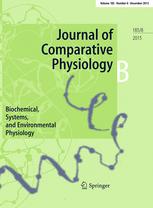
2015
 Fine-scale dietary changes between the breeding and non-breeding diet of a resident seabird.
Fine-scale dietary changes between the breeding and non-breeding diet of a resident seabird.
Selective foraging within estuarine plume fronts by an inshore resident seabird.

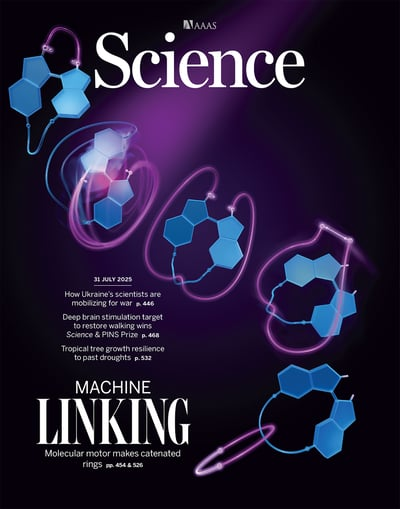 Global tracking of marine megafauna space use reveals how to achieve conservation targets.
Global tracking of marine megafauna space use reveals how to achieve conservation targets.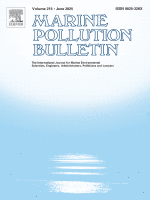 A global assessment of microplastic abundance and characteristics on marine turtle nesting beaches.
A global assessment of microplastic abundance and characteristics on marine turtle nesting beaches.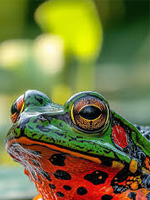 Updated global conservation status and priorities for marine turtles.
Updated global conservation status and priorities for marine turtles. Closing the air gap: the use of drones for studying wildlife ecophysiology.
Closing the air gap: the use of drones for studying wildlife ecophysiology. Divorce Rates Better Predict Population-Level Reproductive Success in Little Penguins Than Foraging Behaviour or Environmental Factors.
Divorce Rates Better Predict Population-Level Reproductive Success in Little Penguins Than Foraging Behaviour or Environmental Factors. The effect of fishing-capture stress on the oxygen uptake rate and swimming activity of the holocephalan Callorhinchus milii.
The effect of fishing-capture stress on the oxygen uptake rate and swimming activity of the holocephalan Callorhinchus milii. Adaptation of sea turtles to climate warming: Will phenological responses be sufficient to counteract changes in reproductive output?
Adaptation of sea turtles to climate warming: Will phenological responses be sufficient to counteract changes in reproductive output? Exploring subcolony differences in foraging and reproductive success: the influence of environmental conditions on a central place foraging seabird.
Exploring subcolony differences in foraging and reproductive success: the influence of environmental conditions on a central place foraging seabird. Mitigating the effects of climate change on the nests of sea turtles with artificial irrigation.
Mitigating the effects of climate change on the nests of sea turtles with artificial irrigation. Effects of postovipositional hypoxia and hyperoxia on leatherback turtle reproductive success and hatchling performance.
Effects of postovipositional hypoxia and hyperoxia on leatherback turtle reproductive success and hatchling performance. Improving outcomes of fisher interactions with sharks, rays, and chimaeras. Fisheries Research and Development Corporation.
Improving outcomes of fisher interactions with sharks, rays, and chimaeras. Fisheries Research and Development Corporation. Scaling of activity space in marine organisms across latitudinal gradients.
Scaling of activity space in marine organisms across latitudinal gradients. Evaluation of physiological stress in free-ranging bears: current knowledge and future directions.
Evaluation of physiological stress in free-ranging bears: current knowledge and future directions.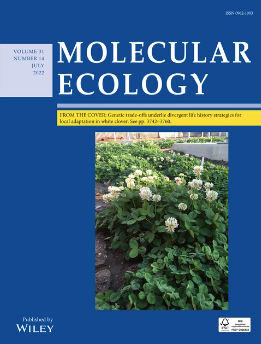
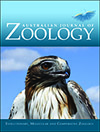 Sand characteristics do not influence hatching success of nests at the world’s largest green turtle rookery.
Sand characteristics do not influence hatching success of nests at the world’s largest green turtle rookery. Ontogeny and ecological significance of metabolic rates in sea turtle hatchlings.
Ontogeny and ecological significance of metabolic rates in sea turtle hatchlings. A review of the effects of incubation conditions on hatchling phenotypes in non-squamate reptiles.
A review of the effects of incubation conditions on hatchling phenotypes in non-squamate reptiles. Comparison of UAV and Boat Surveys for Detecting Changes in Breeding Population Dynamics of Sea Turtles
Comparison of UAV and Boat Surveys for Detecting Changes in Breeding Population Dynamics of Sea Turtles Ecological vulnerability of the chondrichthyan fauna of southern Australia to the stressors of climate change, fishing and other anthropogenic hazards.
Ecological vulnerability of the chondrichthyan fauna of southern Australia to the stressors of climate change, fishing and other anthropogenic hazards.  Role of incubation environment in determining thermal tolerance of sea turtle hatchlings.
Role of incubation environment in determining thermal tolerance of sea turtle hatchlings.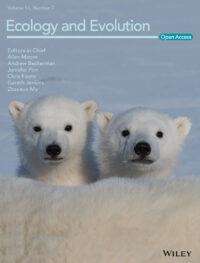 Making the most of the old age: Autumn breeding as an extra reproductive investment in older seabirds.
Making the most of the old age: Autumn breeding as an extra reproductive investment in older seabirds. Extreme rainfall events and cooling of sea turtle clutches: Implications in the face of climate warming.
Extreme rainfall events and cooling of sea turtle clutches: Implications in the face of climate warming.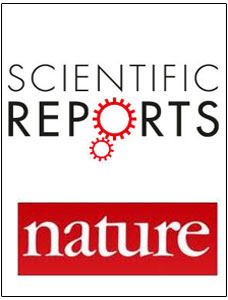 Nearshore neonate dispersal of Atlantic leatherback turtles (Dermochelys coriacea) from a non-recovering subpopulation.
Nearshore neonate dispersal of Atlantic leatherback turtles (Dermochelys coriacea) from a non-recovering subpopulation. Sea turtle hatchling locomotor performance: incubation moisture effects, ontogeny and species-specific patterns.
Sea turtle hatchling locomotor performance: incubation moisture effects, ontogeny and species-specific patterns.
 Anaesthesia of hatchling green sea turtles (Chelonia mydas) with intramuscular ketamine-medetomidine-tramadol
Anaesthesia of hatchling green sea turtles (Chelonia mydas) with intramuscular ketamine-medetomidine-tramadol Quantifying prey availability using the foraging plasticity of a marine predator, the little penguin.
Quantifying prey availability using the foraging plasticity of a marine predator, the little penguin. Microbial symbiosis and coevolution of an entire clade of ancient vertebrates: the gut microbiota of sea turtles and its relationship to their phylogenetic history.
Microbial symbiosis and coevolution of an entire clade of ancient vertebrates: the gut microbiota of sea turtles and its relationship to their phylogenetic history.
 Density is more important than predation risk for predicting growth and developmental outcomes in tadpoles of spotted tree frog, Litoria spenceri (Dubois 1984).
Density is more important than predation risk for predicting growth and developmental outcomes in tadpoles of spotted tree frog, Litoria spenceri (Dubois 1984). Stress-related physiological changes and post-release survival of elephant fish (Callorhinchus milii) after longlining, gillnetting, angling and handling in a controlled setting
Stress-related physiological changes and post-release survival of elephant fish (Callorhinchus milii) after longlining, gillnetting, angling and handling in a controlled setting Hypoxia as a novel method for preventing movement-induced mortality during translocation of turtle eggs.
Hypoxia as a novel method for preventing movement-induced mortality during translocation of turtle eggs. Detecting elusive aspects of wildlife ecology using drones: New insights on the mating dynamics and operational sex ratios of sea turtles.
Detecting elusive aspects of wildlife ecology using drones: New insights on the mating dynamics and operational sex ratios of sea turtles. Use of erythrocyte indicators of health and condition in vertebrate ecophysiology: a review and appraisal.
Use of erythrocyte indicators of health and condition in vertebrate ecophysiology: a review and appraisal.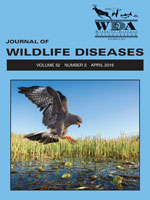 Hematology and Serum Biochemistry for Free-ranging Freshwater Crocodiles (Crocodylus johnstoni) in Western Australia.
Hematology and Serum Biochemistry for Free-ranging Freshwater Crocodiles (Crocodylus johnstoni) in Western Australia.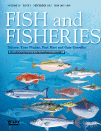 Respiratory mode and gear type are important determinants of elasmobranch immediate and post-release mortality.
Respiratory mode and gear type are important determinants of elasmobranch immediate and post-release mortality.